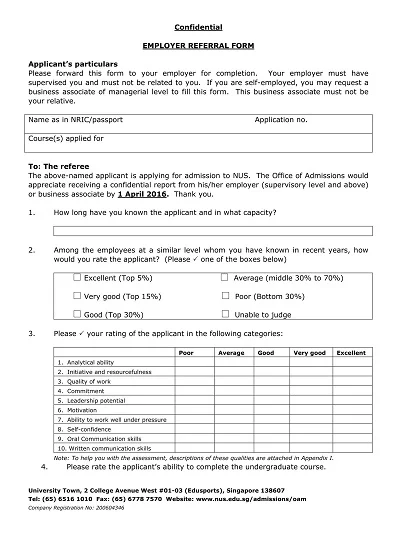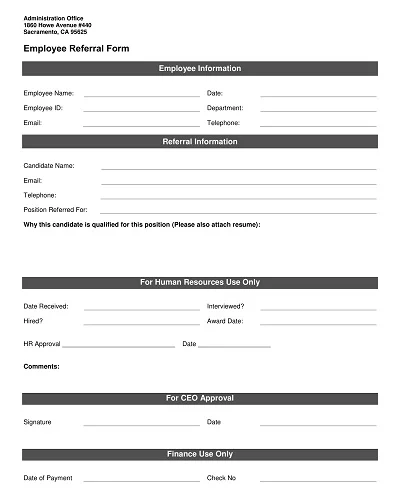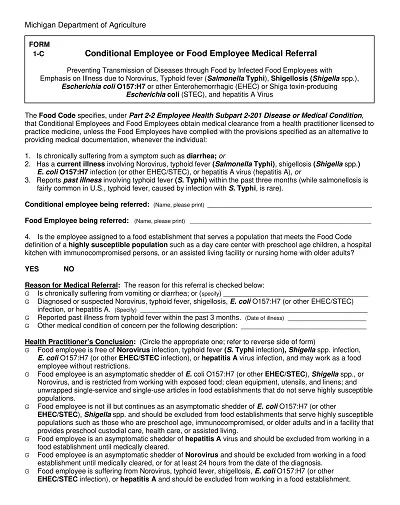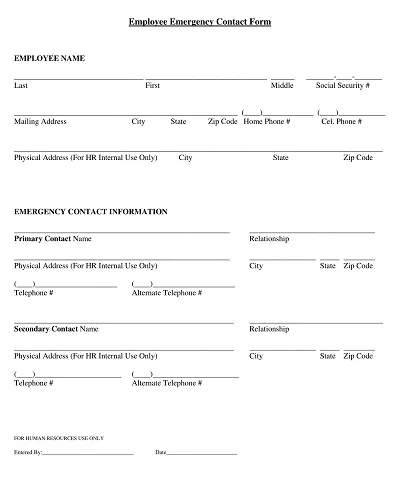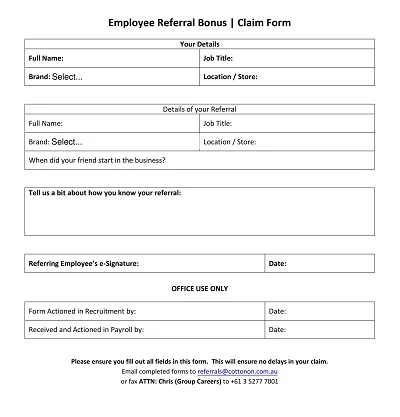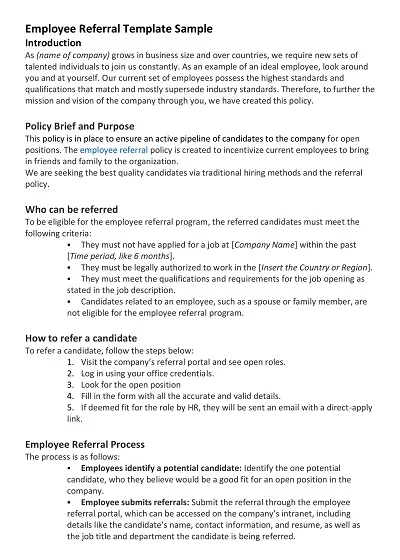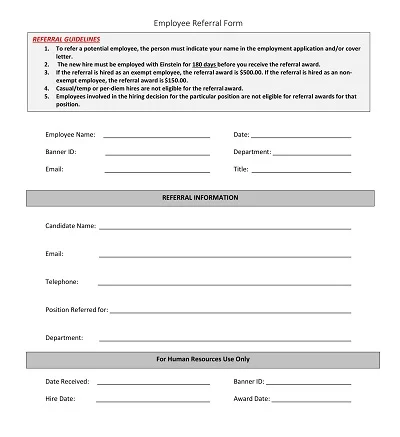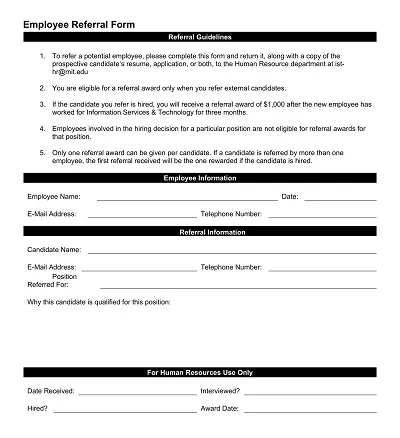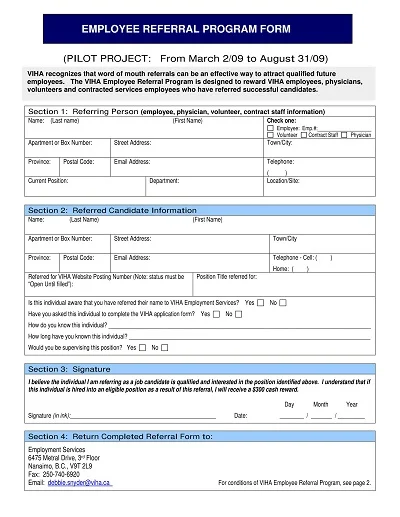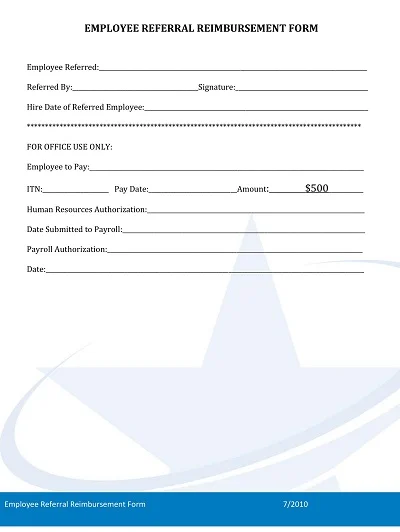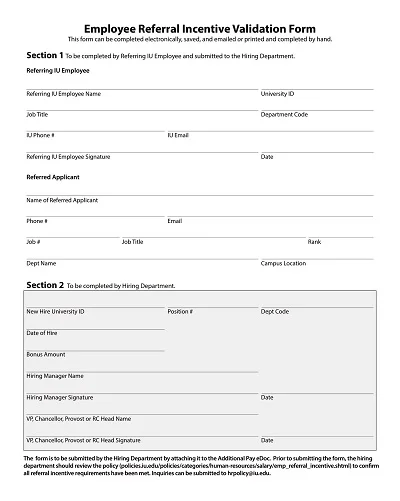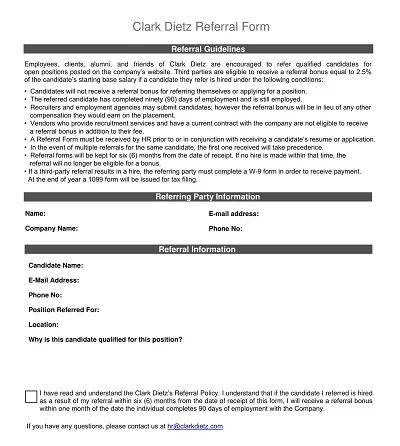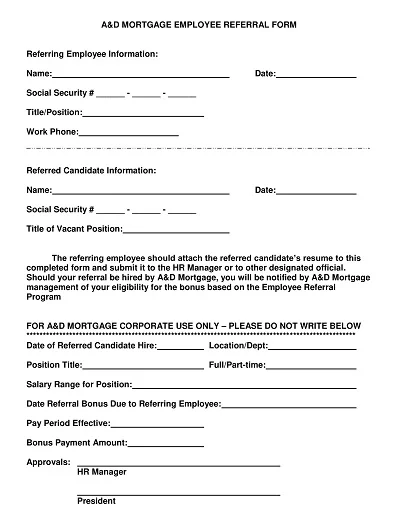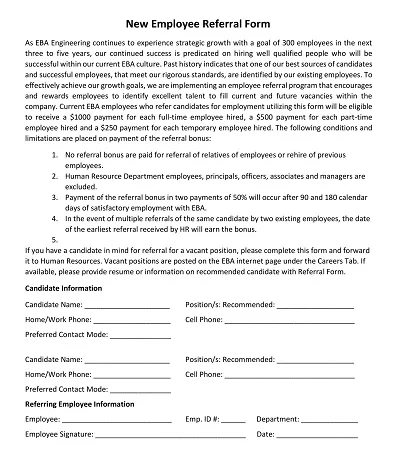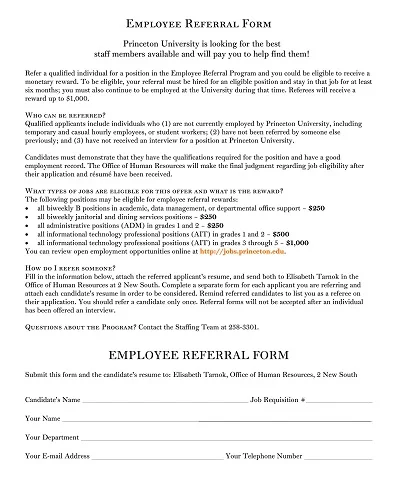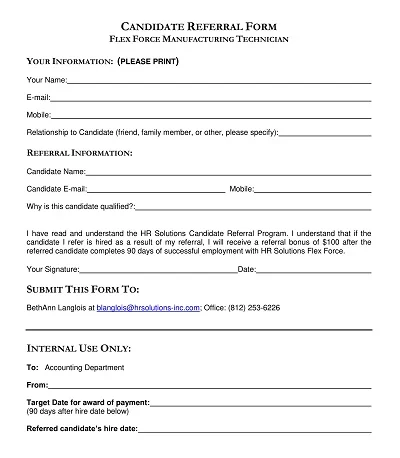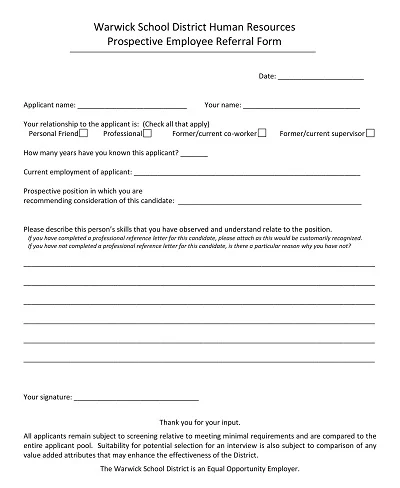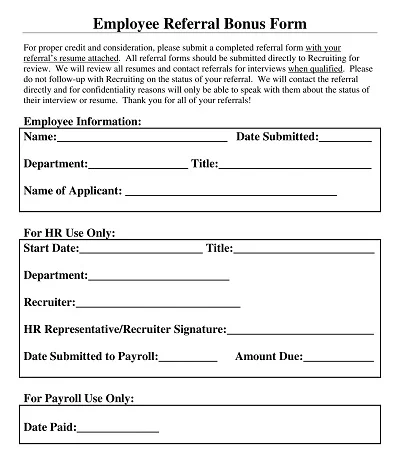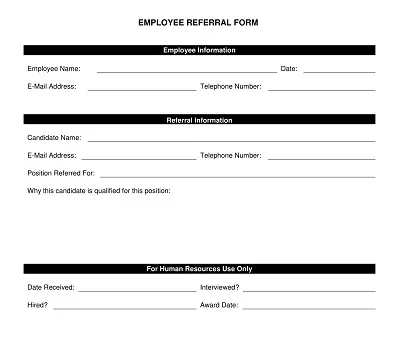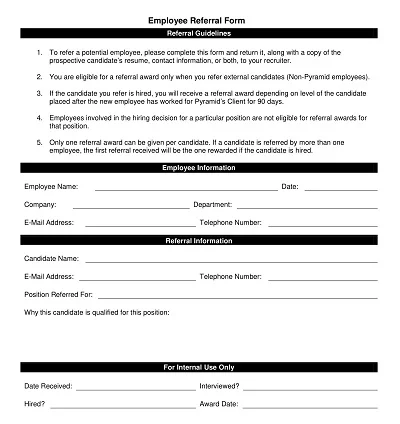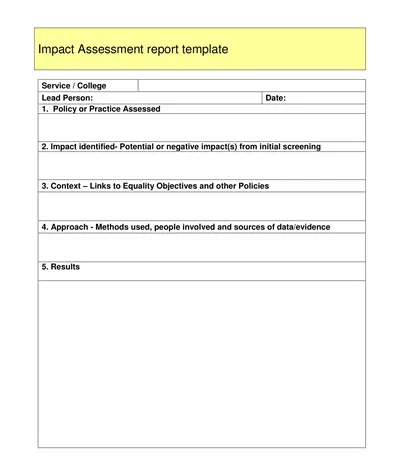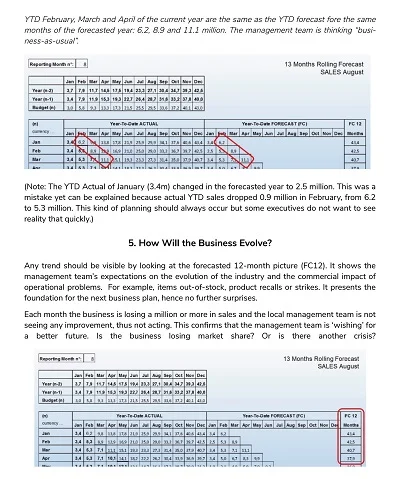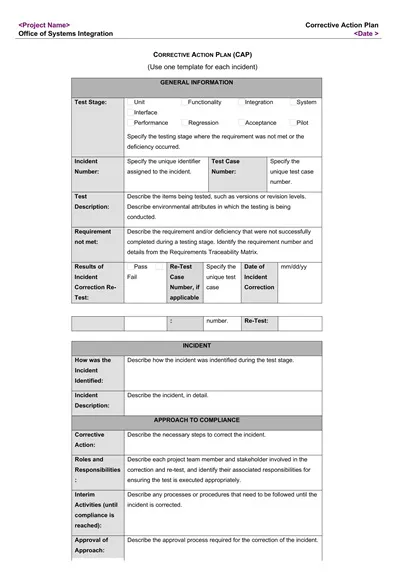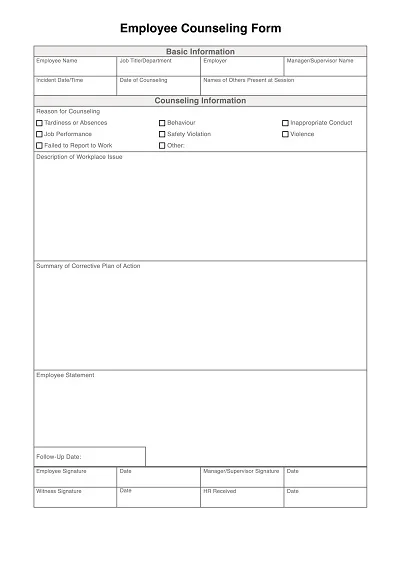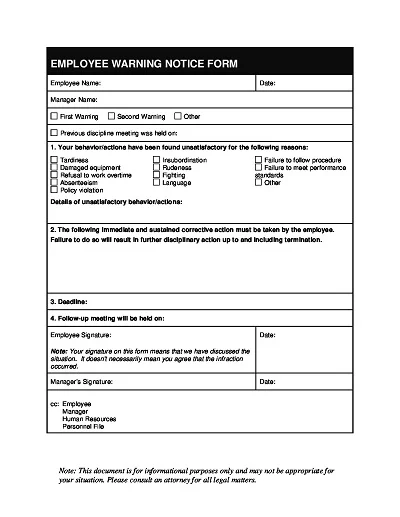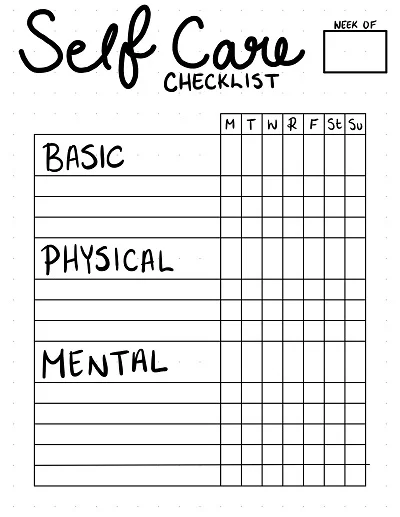Employee referral examples are formal procedures that aim to assist the staff members in shortlisting potential candidates for filling a particular post. These templates usually comprise important information such as the duties and responsibilities of the position, the procedure of referrals, and the possible compensation that the referrer will receive if the referred candidate is hired.
It offers a standard process through which active employees can recommend their contacts to join an organization’s workforce, as well as making it easier for an organization to hire individuals with the assistance of the insiders.
Download Free Employee Referral Examples
What is an Employee Referral?
An Employee Referral Program is a common type of recruitment that implies an invitation to friends and acquaintances already working for a particular company in the capacity of candidates for vacant jobs. These are usually accompanied by a reward system to encourage employees to participate actively in the recruitment process.
Using such programs may reduce the time it takes to fill a particular position and may also produce more committed and suitable employees since other members of the organization will refer persons who they think hold good organizational values and will adapt easily to the organizational culture.
Employee Referral Policy
Employee referrals are an aspect of human resource management where employees recommend other candidates for a certain position within an organization. Overall, neatness and efficiency are increased, and stress and confusion are decreased to the benefit of employers and employees alike. Here are some policies:
Purpose
At this point, our Employee Referral Policy aims to motivate our existing staff members to recommend adequate candidates for job openings in our organization, thereby fostering the growth of skilled, diverse and rich human capital.
Policy Details
- Eligibility
- Participation in the tests is optional for all current employees, irrespective of the level, except for the senior management and the Human Resources department in charge of recruiting.
- Referral Bonus
- Another policy the new organization will use to lure prospective employees is the referral program geared towards employees referred by past employees of the organization and given after the referred employee has served a probationary period of 90 days.
- Procedure
- Employees who refer applicants have to submit the applicant’s CV and the referral form to the human resource department.
- The referee should ensure the candidate reads about the referral during the application process.
- Candidate Requirements
- When nominating candidates, it is essential to ensure that they qualify for the job based on their expertise and academic background.
- He added that they must meet some requirements, such as not having applied to the company within the past six months.
- Referral Rewards
- The present referral reward may change based on the position and the current demand for personnel from the business.
- The fact that specific forms of rewards will be revealed at the beginning of referral campaigns’ launches is undeniable.
- Additional Information
- Any change, addition or deletion to the current policy on referral shall be within the company’s discretion.
- All referrals are restricted, so we have to review all the referrals we receive to ensure we do not violate any of our policies regarding equal opportunity and affirmative action.
Tips for Maximizing the Effectiveness of Employee Referral
Employee referral can be a very effective way of staffing as it is less costly, increases the chances of getting qualified candidates for the job and gives the company the added advantage of enhancing its working culture. If your employees are directly connected to individuals that you seek, you can access a wealth of possible talent.
To maximize the effectiveness of your employee referral program, consider the following tips:
- Clarify Your Goals: Make sure your team realizes what is exemplary. Ensure you develop a concise job description and qualifications; this may enable the employees to recommend proper candidates.
- Streamline the Referral Process: Ensure your employees find referring candidates to the company easy. Even if some employees are motivated enough, they may get discouraged when faced with a complicated procedure.
- Offer Competitive Rewards: Motivate employees to get involved by ensuring that they offer their best to get referrals from others by providing appropriate incentives for the referral’s success.
- Provide Regular Updates: Stay updated with your employees’ counterparts for the status of the referrals they made, which makes your employees respected and encourages them to move forward.
- Acknowledge and Celebrate Referrals: To make one’s position clear, it can be helpful to ask for the referral in advance to ensure that the candidate is interested before starting the process; even if it does not lead to a hire, expressing gratitude can mean a lot. Celebrating the employees’ success is crucial to encourage successful referrals.
- Foster a Positive Company Culture: A good workplace experience is, in fact, the best recruitment and retention strategy in organizations today. Contacts are referred by default if the employees are happy and engaging; hence, there is a need to develop loyalty programs.
- Ensure a Great Candidate Experience: Ensure that every candidate recommended to your firm has a good experience with your company, irrespective of the decision made, to strengthen your company’s image to other employees and potential candidates.
Parts of an Employee Referral Form
Here are some essential parts of an Employee Referral Form
- Employee Information:
- Full Name
- Department
- Contact Information
- Referral Information:
- Candidate’s Full Name
- Relationship to the Employee
- Position Referred For
- Candidate Details:
- Contact Number
- Email Address
- LinkedIn Profile (if applicable)
- Qualifications:
- Summary of Qualifications
- Relevant Work Experience
- Educational Background
- Endorsement:
- Employee’s Statement of Endorsement
- Specific Skills or Attributes of the Candidate
- Attachment Section:
- Option to attach the candidate’s resume or CV
- Any additional supporting documents
How to Create an Employee Referral Form Template
To design an employee referral form template, there are a few key questions/views that are most important when seeking a referral from an employee.
Here are the essential steps to consider:
- Introduction: First, provide a general message about the referral program and its goals, which should be immediately followed by an invitation to join.
- Referrer’s Information: Electrically include the fields for the employee name, the department he or she belongs, and the contact details.
- Candidate’s Information: Ask for his or her name, communication address, and how exactly the person knows the referring employee.
- Job Details: Ensure you state clearly the name of the position the referral is offered for, whether a department and branch if any.
- Qualifications: Include a space where the referrer may suggest the skills and experience of the candidate for the job, along with expertise and qualities.
- Additional Comments: Provide an option for the employees to submit extra comments on the referred candidate if this would further support his or her application.
- Declaration: As for the fact that you advise sending a statement with a remark that the referrer recognizes the referral program’s policies, I concur.
- Submission Instructions: Specify whether the completed form should be returned as an email cover, submitted through an intranet site, or handed in physically to the designated recipients.
- Privacy Notice: It is necessary to add a brief note on privacy, in which it is necessary to indicate the purpose of data processing and any other aspects, such as non-disclosure.
Every group of questions should include a brief number of questions which makes it possible for the employees to complete the form easily without taking much of their time. Also, it should be made accessible in a way that is easily submittable and trackable online as well as in a format that can be printed if need be.

